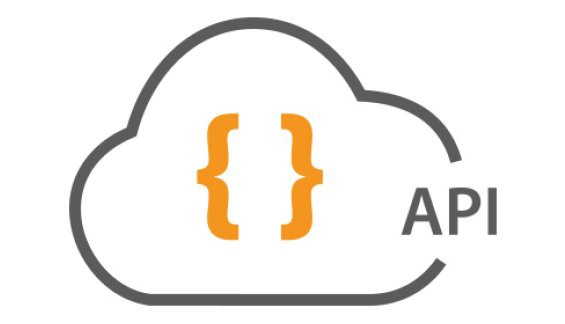There are several steps you can take to audit a REST API:
- Understand the API's functionality and endpoints: Before auditing the API, you should have a good understanding of what the API does and what resources it exposes. Review the documentation and test the API to get a feel for how it works.
- Check for proper authentication and authorization: Ensure that the API implements proper authentication and authorization mechanisms to protect sensitive data and resources.
- Test for security vulnerabilities: Use tools such as Burp Suite or OWASP ZAP to test the API for common security vulnerabilities such as SQL injection, cross-site scripting (XSS), and cross-site request forgery (CSRF).
- Test for performance issues: Use load testing tools such as Apache JMeter to test the API's performance under heavy load.
- Check for compliance: Ensure that the API complies with relevant security and regulatory standards such as OWASP, PCI DSS, and HIPAA.
- Review the source code: If possible, review the source code of the API to check for any potential security issues.
- Check for proper error handling: Ensure that the API properly handles errors and returns appropriate responses.
- Test for availability: Test the API for availability and reliability by sending a large number of requests and checking for any timeouts or errors.
It's important to note that auditing a rest API is a continuous process, any new functionality or updates should be audited again.



